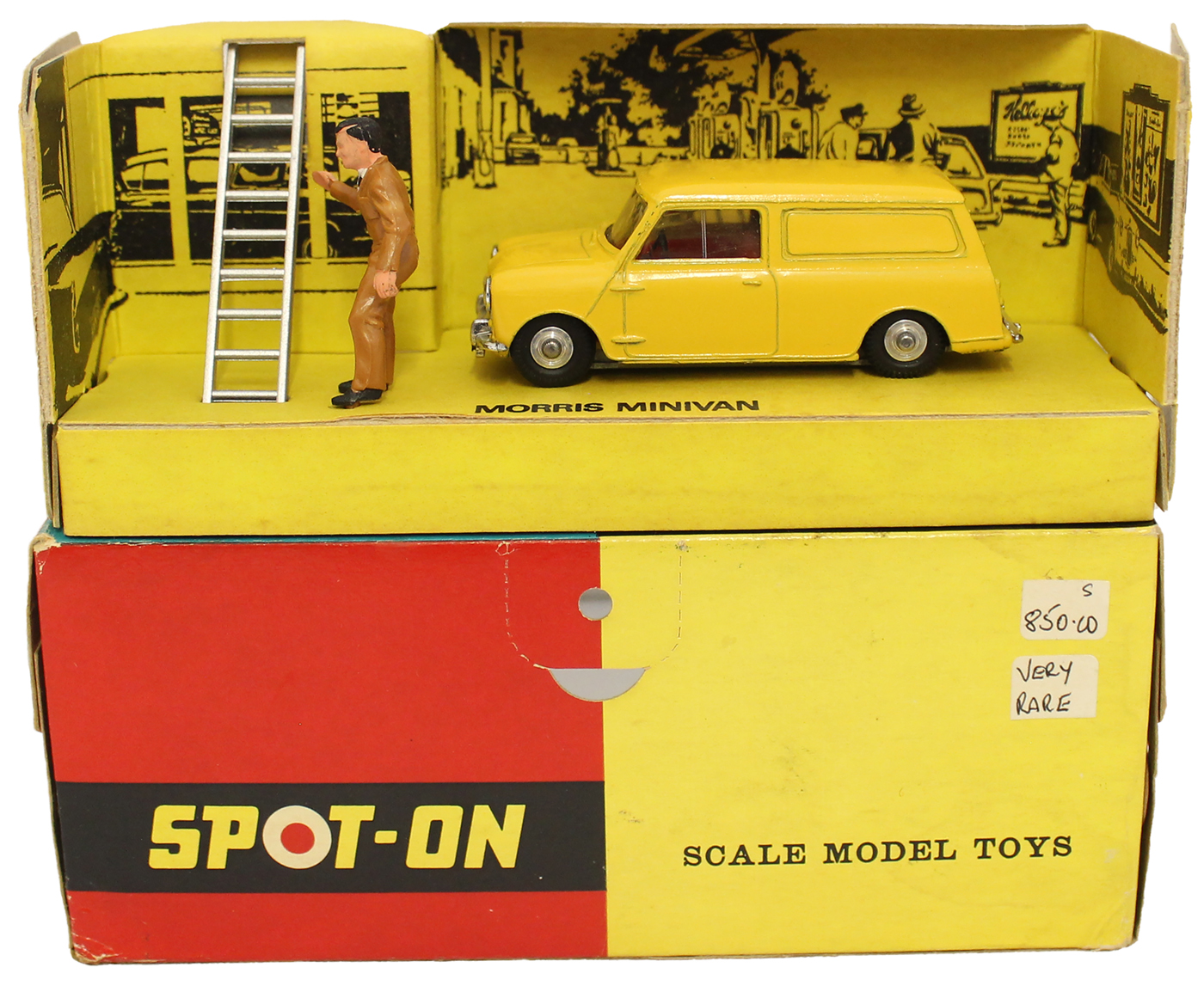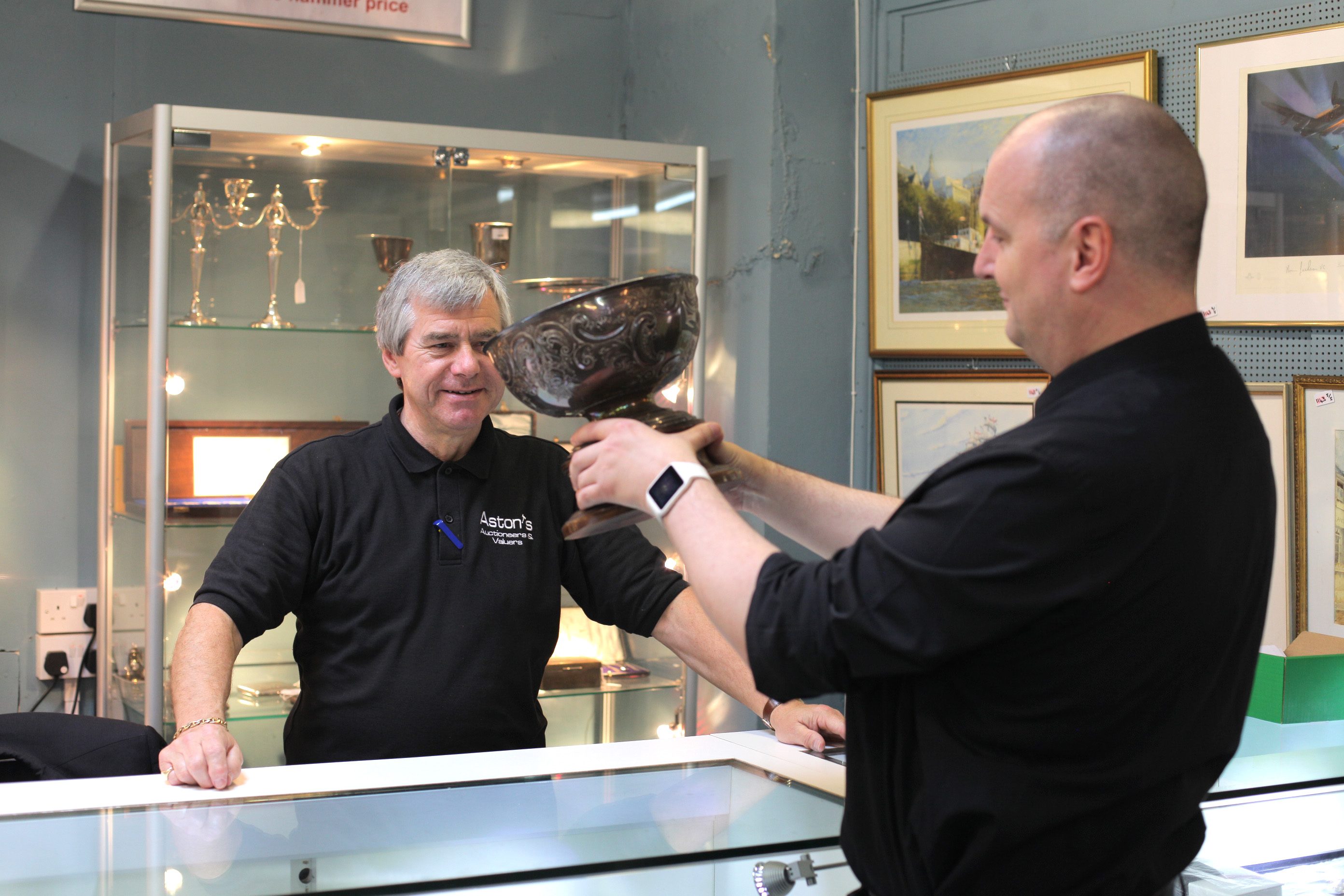28 August 2024
|
Thinking of selling your collection but don’t know where to start? Well, there are plenty of options available, one of which is to sell your collection at auction. In this article we’ll share the ins and outs of using an auction house to sell your collection.
So, you’re thinking of using an auction house to sell your collection?
Selling your collection can be tricky, especially if you’re not sure how much your collection could be worth. Often, auction houses have expert valuers who have a lot of experience in their chosen fields so whether you’ve inherited, been gifted or you’re just looking to clear some space, an auction house might be the best way to get your items valued and sold.
Some auction houses only deal in specific items, for example if you have a large collection of diecast or tinplate models, using a specialist auction house such as Vectis may be the best solution for you.
If you’re thinking of selling your collection but don’t know where to sell your collection, check out or auctioneer directory to find your nearest auction house.

Above: A Spot-On Morris Mini Van recently sold at a Warwick & Warwick sale in July for an impressive £725
Related article: Buying collectables at auction
Valuing your collectables at an auction house
Most auction houses advise sending them details of your collection via email or online form or calling to speak to a valuer. The auction house will be able to advise how best to proceed with a more accurate first-hand valuation.

Above: A lot being examined at a previous auction at Aston's Auctioneers
Some auction houses will value your items free of charge but others may incur a fee and you should always check if there is a fee for getting your collection valued and what it might be.
Valuations can take on average 4 to 5 weeks but if you require your items to be valued before that, speak to your valuer as they might be able to slot your collection in at an earlier date.
If, after the valuation is complete you don’t agree with the valuation or you’ve simply decided you no longer want to auction your collection, you will be able to get your items back and you’re under no obligation to accept the valuation given to you. Some auction houses will not charge you if you decline their valuation but will ask that you cover courier costs for the return of your property if necessary.

Above: This Corgi No.267 Batmobile sold for £140 at Excalibur Auctions in July
The auction and sale process
If you decide to accept the valuation provided to you by the auction house you have a few options. One option is Private Treaty selling. Selling at auction can be risky, with some items selling for lower than anticipated or not selling at all which is taken away by the option of Private Treaty selling. In the case of a Private Treaty sale, the auction house will buy items or an entire collection directly from the seller.
The other option is to sell your items at auction, where collections can be offered whole or broken down into different lots. Your auction house should advise you on the best way to offer your collection in the most saleable form in order to ensure the maximum return for the seller. As well as in person, most auction houses offer live online bidding through sites such as EasyLive, invaluable or the saleroom.
Related article: Rare collection of 17th and 18th century playing cards could fetch £20k at auction
What to expect after the auction
Once your items have sold at auction you should receive some kind of notification of the results from the auction house you’ve elected to sell your collectables with, this will usually include the individual lots and price they sold for. A settlement statement which lists any charges you’ve incurred will also be included in this and in most cases all relevant charges will be deducted before your payment is sent through to you, but make sure to check with your selected auction house.
Sellers can expect to receive payment for their sold off items around 30 days after the auction has taken place and as long as the auction house has received payment from the buyer.
If one of the items from your collection doesn’t sell, some auction houses will re-offer them at a future auction with a slightly reduced estimate. You can also decide to have the unsold items returned to you. It is always best to check with your selected auction house what their process is for unsold items.
The cost of using an auction house to sell your collectables
Whenever you sell your items at auction, you will need to pay fees to cover any costs incurred. It is best to ask the auction house you’ve chosen to use to sell your collectables to outline these costs for you so they aren’t a surprise after the sale is complete.
Related article: Auction excitement at Morphy’s sale as boxed Machine man sets new world auction record
If you’re thinking of selling your collection at auction but you want to have a better idea of what your collectables are worth, why not grab a copy of Toy Collectors Price Guide? Packed with updated auction results from the last year, it’ll give you a guideline on what your models could be worth.







